Table of Contents
Difference between kW and kVa? How do I convert kVa to kW?
When looking out for a generator on rent, the first question you will probably be met with is regarding the size of the equipment you need.
Although kilovolt amps (kVA) isn’t a widely known term outside of the generator industry, however, the power factor of the generator is generally measured in kVA, and it can be confusing if you are not aware of the difference between kW and kVA.
Difference between kW and kVa
Meanwhile, KVA (kilovolt-amperes) and VA (volt-amps) are both a measurement of power consumed by an electrical circuit. It is imperative to note that the math differs amid single and three phase power, so you must know which one you have. On the other hand, kilowatts or kW is the unit of real power and kVA is a unit of apparent power.
Let’s go through the difference between kW and kVA, and we will also answer your question – how do I calculate kW?
What is the difference between kW and kVA?
The actual power of an electrical system is termed as kilowatt (kW). It indicates the amount of power being converted into useful, working output. On the other hand, kVA is the measure of apparent power factor. If kW is how much power you can work with, kVA indicates the amount being used in the system overall.
If the productivity of an electrical system is perfect, then kW would be equal to kVA. But then again since no system is completely effective, not all of the apparent power will be altered into useful output.
How do I calculate kW?
You first need to know the efficiency (power factor) of the system to convert kW to kVA.
Power factor (pf) is calculated on a scale from 0 to 1. A generator most likely will have a power factor of 0.8.
Converting kW to kVA
kW / pf = kVA e.g. 300 kW / 0.8 pf = 375 kVA
Converting kVA to kW
kVA x pf = kW e.g. 375 kVA x 0.8 pf = 300 kW
This article answers 2 of your questions, firstly the difference between kW and kVA and secondly, how do I calculate kW.
Mid America Engine to Your Rescue
While it can be supportive to have an idea about the generator size you require, but don’t worry if you’re uncertain, or you don’t feel confident about calculating between kW and kVA yourself.
In fact, you can get in touch with our experts at Mid America Engine, and they will be more than happy to help you identify the most suitable equipment with the ideal electrical systems for your project. They can recommend the most suitable generator size, fuel tank, and other ancillary items.
Commonly Asked Questions about kW and kVa
Why generator is rated in kVa and motor in kW?
kVA or Kilovolt ampere, is a unit used for the rating of an electrical circuit. kVA is essentially the product of the circuit’s maximum current and voltage rating. When inductive and capacitive load are connected, usually the output differs and losses occur, as a result of the low power factor. It is for this very reason that kVA is termed as an apparent power, which doesn’t take the Power Factor in consideration. It is also why generators are rated in kVa.
Kilowatts (kW) on the other hand denotes the actual power, and is therefore used to rate motors.
To convert kW to Kva one can use the formula kW=kVa * Cos θ.
Is higher kVA better?
It must be noted that electrical efficiency is denoted as a power factor, ranging between 0 and 1. The closer the power factor is to 1, the better. It is because a higher power factor implies that the kVa is more efficiently being converted into useful kW. Hence, generators with a power factor of 0.8 – 0.9 are highly preferred!
Get In Touch With Us!
We at Mid-America Engine are a specialist supplier with over four decades of experience in the hire and sale of power solutions. If you are looking for the best generator for renting or purchasing, contact us. Give us a call on 205-590-3505, or write-in to us at info@midamericaengine.com
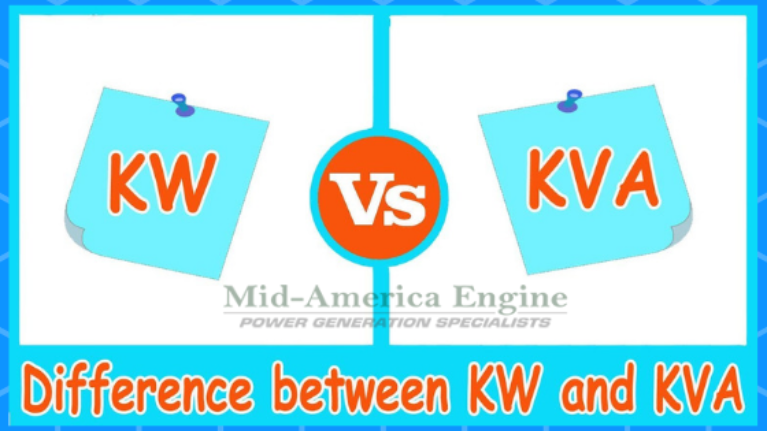
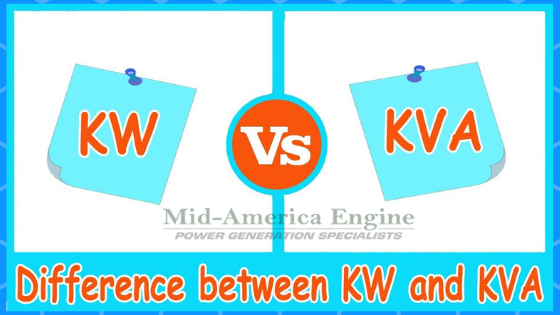

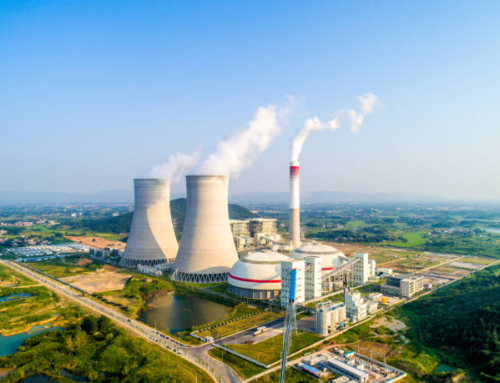
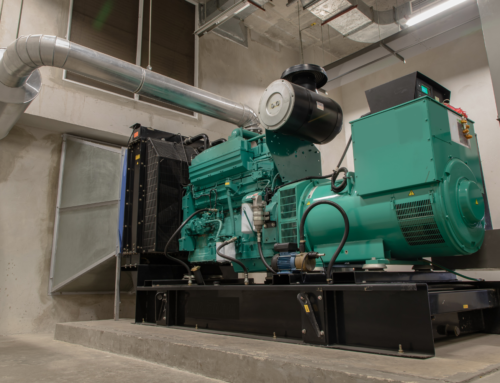
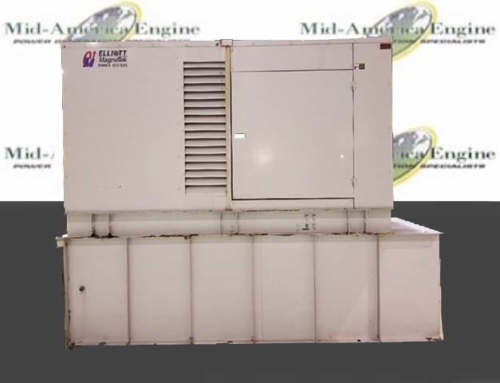
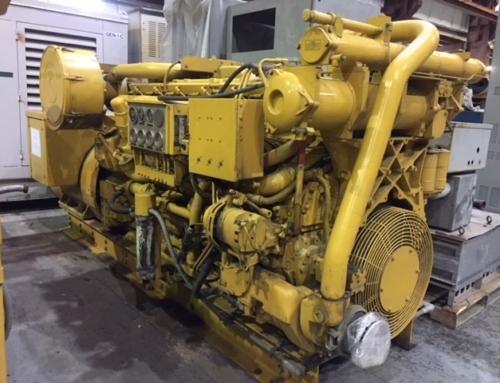




![Commercial Generators Buying Guide 2024 [By Generator Specialist] 8 Commercial Generator](https://www.midamericaengine.com/wp-content/uploads/2016/07/Another-Commercial-Power-Project-Completed-66x66.jpg)
![Natural Gas Generators Buying Guide 2024 [By Generator Specialist] 9 natural gas generators](https://www.midamericaengine.com/wp-content/uploads/2018/09/IMG_8223.JPG-66x66.jpeg)

Leave A Comment